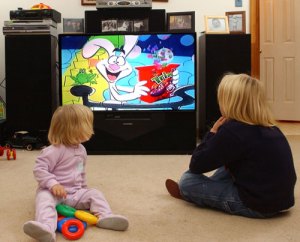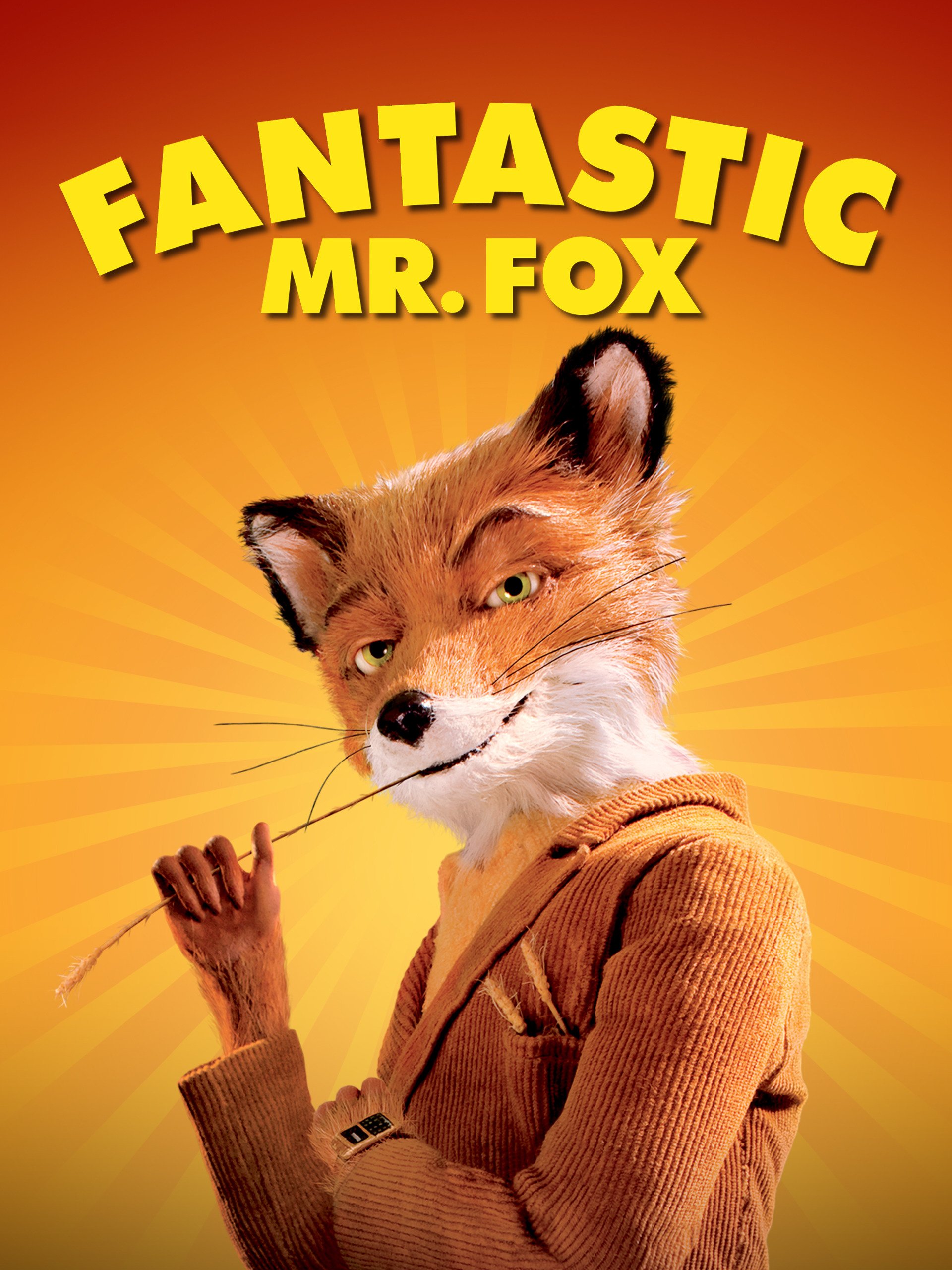Here’s a story of a little girl I watched learn to read in the other half of the semi-detached house we purchased when we were just starting a family.
The summer before kindergarten, Terry learned to read from her 7 year old Aunt Becky, who had just completed grade one. Becky showed her regard for school by stealing every reader she had used. Becky’s method was simple. Beginning with the easiest book, Becky read aloud each sentence, touching under each word as she read it aloud. Then she told Terry to point to each word as she read the sentence. If Terry made a miscue, Becky lightly slapped Terry’s hand. “No,” Becky would say and read the sentence again. I often eavesdropped on the daily lessons as Becky led Terry though the books from easiest to harder and harder.
Terriy read so well by September of her kindergarten year, the school recommended that Terry skip to grade one. (If the school had really supported this acceleration, they would have recommended Terry attend kindergarten even though she could read. The school should have realized that the grade-eleven school-drop-out parents–Terry was on the way–hated school and would probably do the opposite of any request.)
I videotaped Terry early in Kindergarten at a faculty of education facility and her word recognition skills were at the sixth grade level. She could pronounce a lot of words correctly in passages harder than that, but they didn’t make any sense to her. On three IQ tests, Terry scored dead on average.
Her family was very sexist, favouring a younger brother. During the time I knew the family, Dad was in and out of jail for theft.
How did Terry do later in her school career? She ended up specializing in hairdressing at the vocational school and left the year she turned 16.
Rapidly recognizing in print words you can speak or understand is essential to progress toward proficient reading, but not enough. A student must also continue growing a vocabulary and learning more about the world, particularly the information essential for school success. Learning this background information means that a child is likelier to know the information the writer of, for example, a textbook, assumes she needn’t state explicity because all the readers will know this. Terry just didn’t live with a family that talked about the world at supper, watched National Geographic specials, supported extra-curricular activities or museum visits.
If you have a story of someone learning to read, I would like to hear it.


